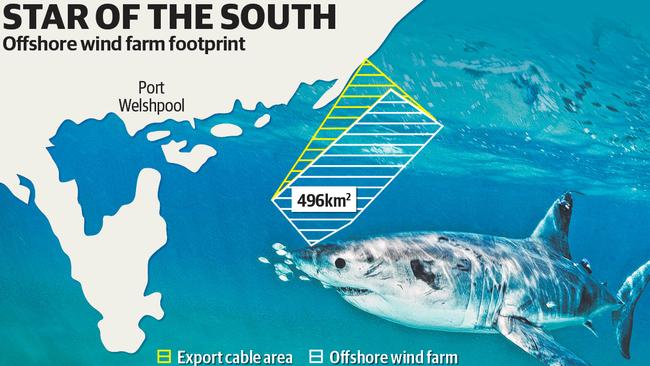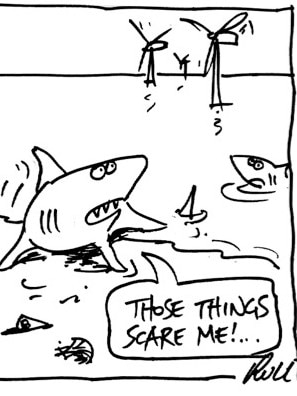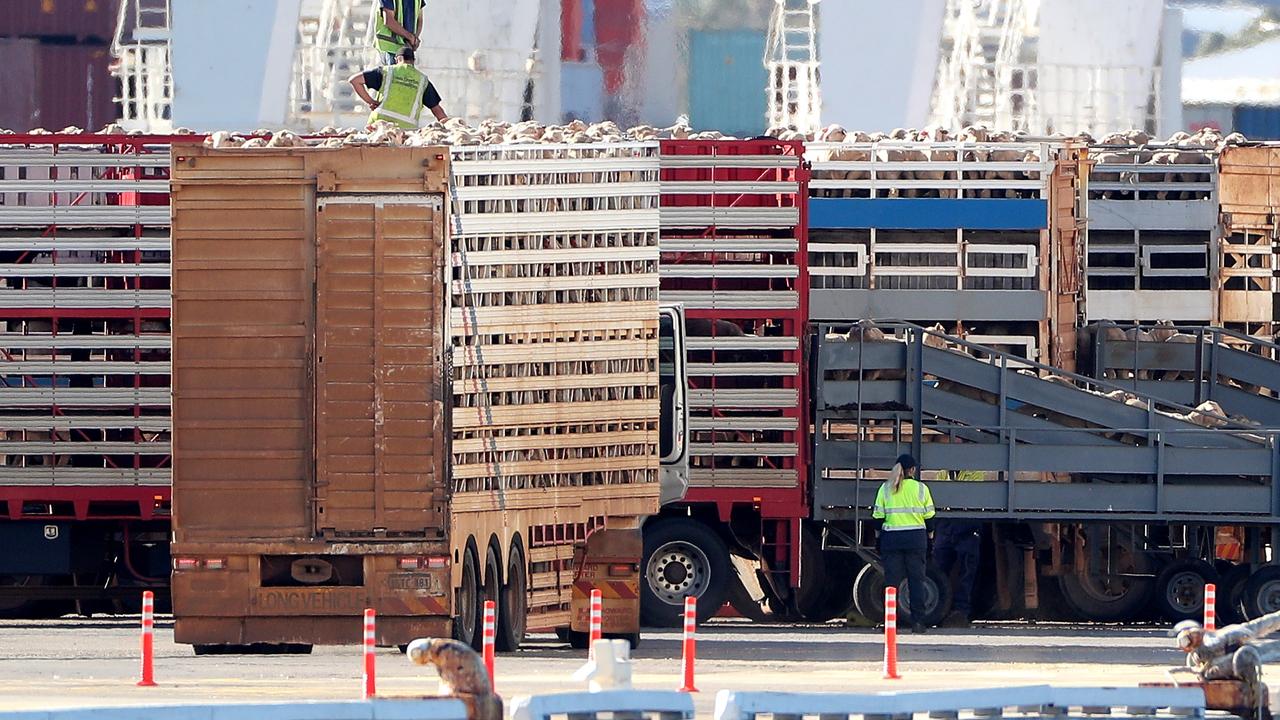Star of the South offshore wind farm bites into white shark nursery
A 200-turbine offshore wind farm is expected to impact local marine life, including one of only two East Coast white shark nurseries.

Australia’s first offshore wind farm will ram 200 massive pylons into 49,600 hectares of the seabed east of Corner Inlet, taking a great bite out of critical white shark nursery.
CSIRO scientists have tagged and tracked 43 juvenile white sharks moving up and down the east coast, leading to the discovery that they spend most of summer and autumn off Corner Inlet, in what is widely known as an area rich in marine life.
“The region is one of only two identified juvenile white shark nurseries for the eastern white shark population,” CSIRO toldThe Weekly Times.
It is unknown what impact the electromagnetic fields generated by the turbines’ undersea cables and offshore substations will have on great white and other sharks, as well as rays, crayfish and other species that detect prey and navigate using hundreds of electroreceptors scattered across their heads and along their bodies.

Star of the South has told The Weekly Times “we’ll do an electromagnetic field impact assessment as part of our (Federal) Environmental Impact Statement and (Victorian Government) Environment Effects Statement to understand potential impacts created by the offshore cables and substations”.
Evidence already exists that electrical undersea cables can affect marine species.
The US Bureau of Ocean Energy Management reported in 2018 that experiments, using enclosures holding American lobsters and skates over undersea cables, showed they changed behaviour as the current and voltages were varied.
“For both species the behavioural changes have biological relevance in terms of how the animals will move around and be distributed in a cable EMF zone,” the BOEM team reported.
CSIRO was unable to answer questions on the effect of EMF on marine life in Australia and referred all question on the potential impact of building the offshore wind farm back to the Start of the South project team.
VRFish executive officer Ben Scullin said recreational fishers main concern was retaining access to what was “a big chunk of ocean”.
As it stands Australia’s Offshore Energy Regulator prohibits any commercial or recreational fishers from coming within 500m of a gas or oil well.
However Mr Scullin said he hoped regulations could be developed to allow anglers to fish close to wind turbines, especially if rock collars were built around the foundations to create artificial reefs that would attract fish and rock lobster.
Star of the South released a statement that it believed “many types of fishing – including all recreational fishing – can occur in an operational wind farm”.
MORE


